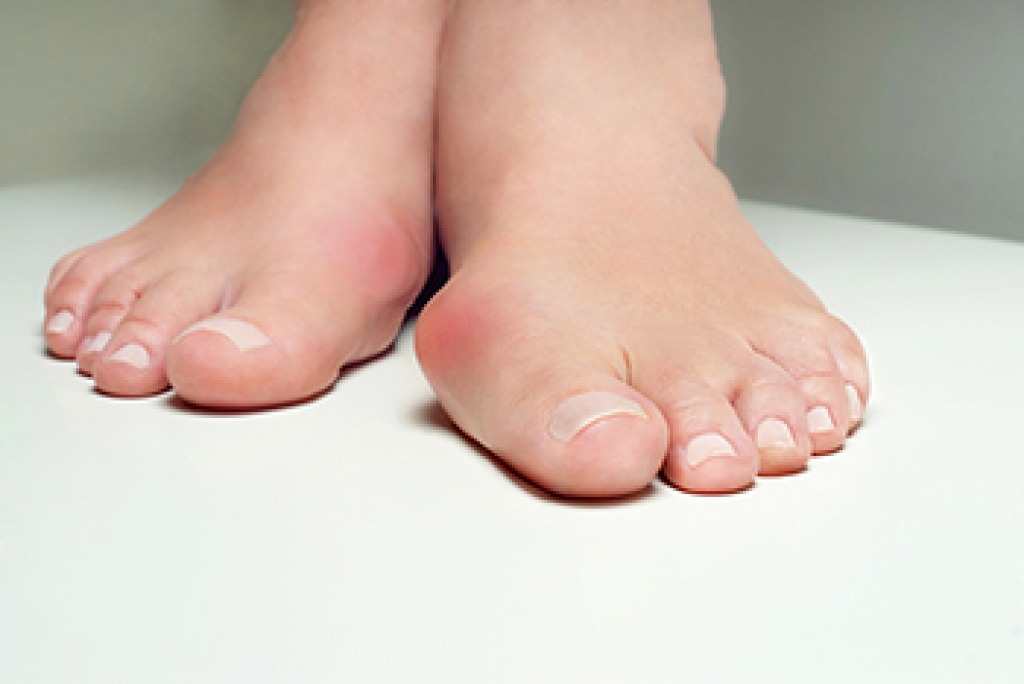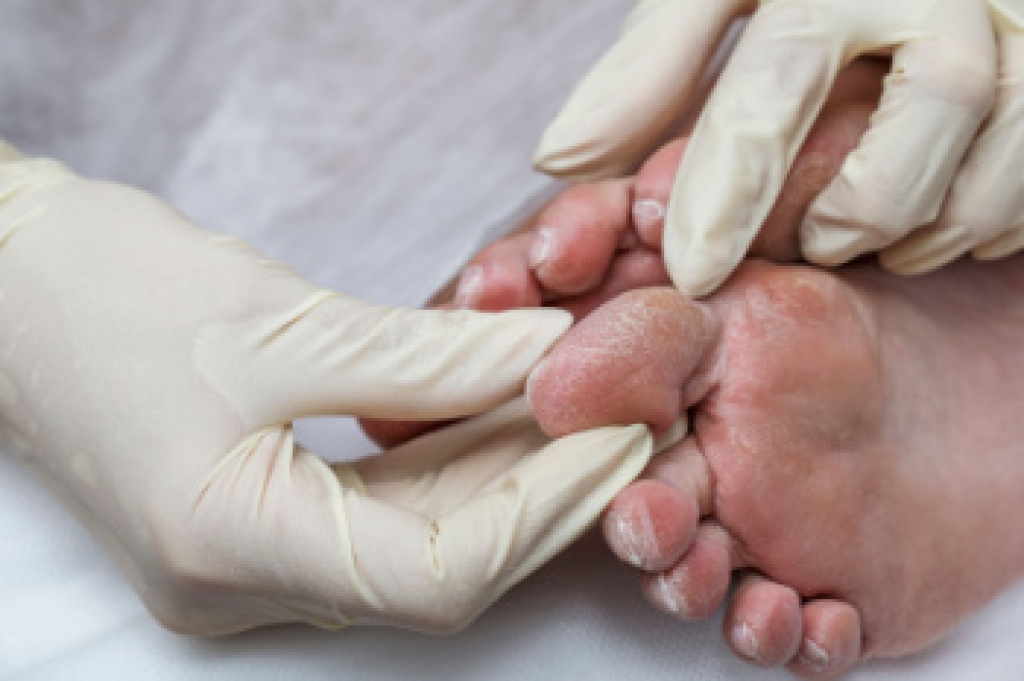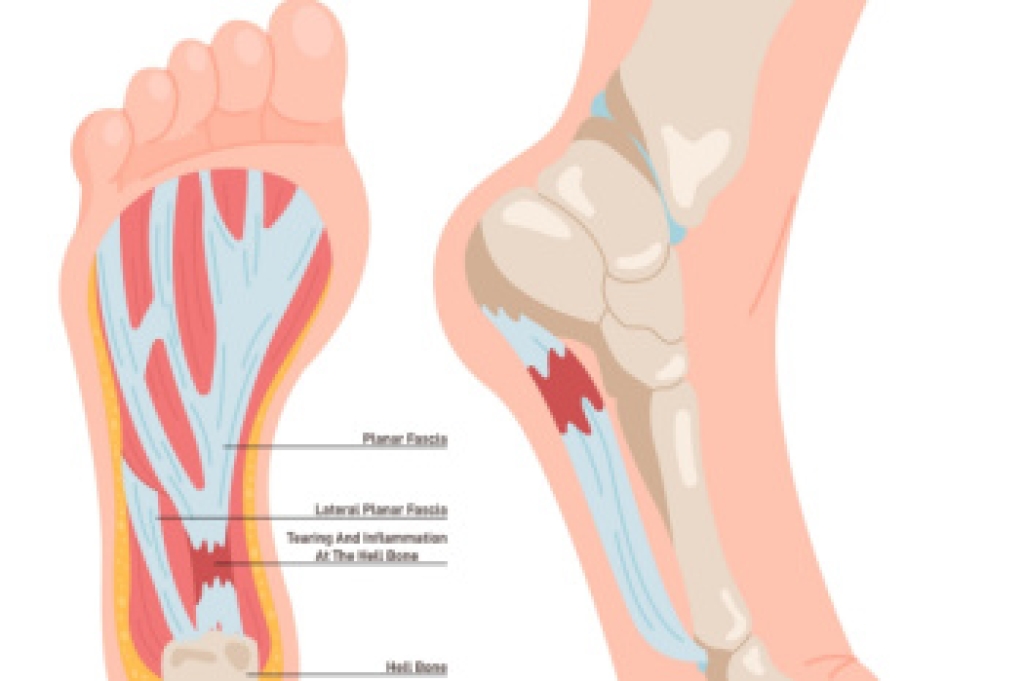
Bunions, a foot deformity characterized by a bony bump at the base of the big toe, can cause significant discomfort and hinder mobility. While surgical intervention may be necessary in severe cases, incorporating targeted exercises into your routine can help alleviate bunion pain and improve foot function. Toe stretches, where you manually stretch your toes apart and hold for several seconds, can help relieve tension and improve flexibility in the toe joints. Additionally, toe curls using a towel or resistance band can strengthen the muscles that support the arch of the foot, providing better stability and reducing strain on the bunion. Furthermore, exercises, such as toe scrunches and marble pickups, that focus on strengthening the intrinsic foot muscles can help redistribute pressure away from the bunion and promote proper alignment. If you have developed a bunion, it is suggested that you contact a podiatrist who can guide you toward effective treatment options.
If you are suffering from bunion pain, contact Mack Jay Groves IV, DPM of Practice. Our doctor can provide the care you need to keep you pain-free and on your feet.
What Is a Bunion?
Bunions are painful bony bumps that usually develop on the inside of the foot at the joint of the big toe. As the deformity increases over time, it may become painful to walk and wear shoes. Women are more likely to exacerbate existing bunions since they often wear tight, narrow shoes that shift their toes together. Bunion pain can be relieved by wearing wider shoes with enough room for the toes.
Causes
- Genetics – some people inherit feet that are more prone to bunion development
- Inflammatory Conditions - rheumatoid arthritis and polio may cause bunion development
Symptoms
- Redness and inflammation
- Pain and tenderness
- Callus or corns on the bump
- Restricted motion in the big toe
In order to diagnose your bunion, your podiatrist may ask about your medical history, symptoms, and general health. Your doctor might also order an x-ray to take a closer look at your feet. Nonsurgical treatment options include orthotics, padding, icing, changes in footwear, and medication. If nonsurgical treatments don’t alleviate your bunion pain, surgery may be necessary.
If you have any questions, please feel free to contact our office located in Covington, LA . We offer the newest diagnostic and treatment technologies for all your foot care needs.




